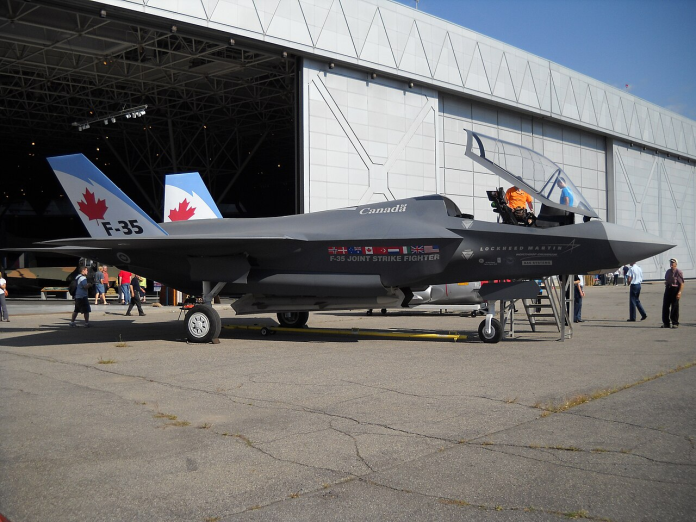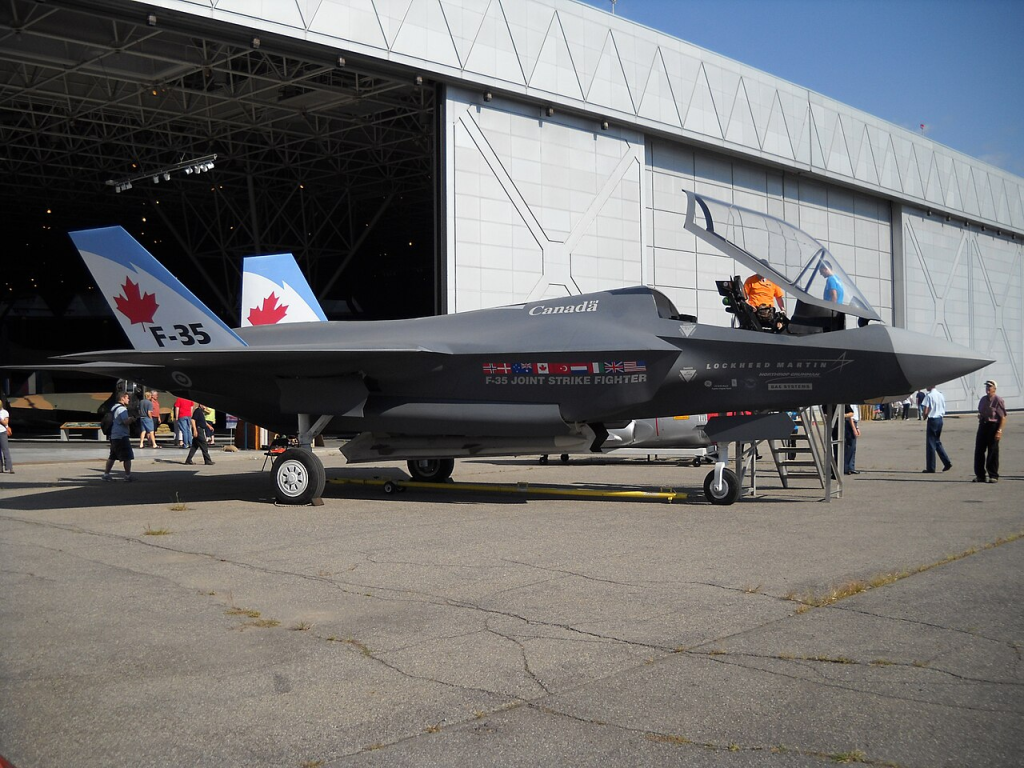
Canada’s extended deliberation on replacing its CF-18 Hornets has crossed over from a procurement debate into an engineering readiness, alliance interoperability, and defense strategy for the Arctic test. The Royal Canadian Air Force (RCAF) has a decreasing window to operate as the Hornet fleet, already stretched many years past its original expected lifespan, approaches structural and systems thresholds that even the most advanced upgrades cannot indefinitely delay.
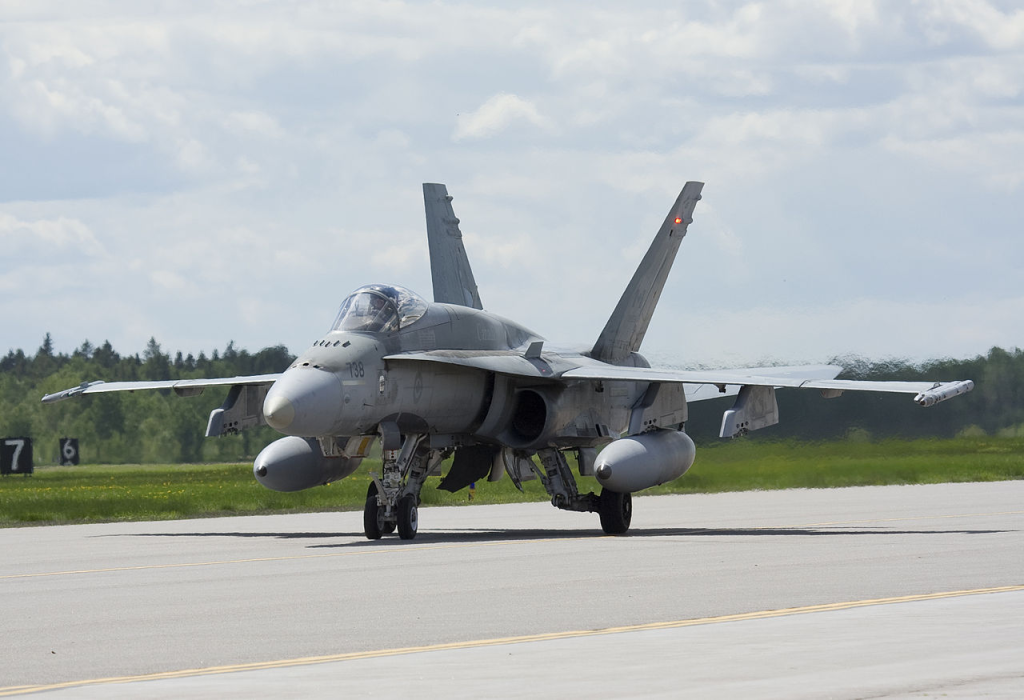
1. The Operational Clock Is Running Out
The CF-18 fleet, built in the late 1970s and delivered in the 1980s, has seen avionics overhauls, structure reinforcements, and sensor upgrades to match NORAD and NATO operations. But with aging airframes, availability plunges, cannibalization for spares rises, and training declines. Life-extension curves are not linear: reliability plunges steeply in the last couple of years, prompting commanders into “capability triage” among sovereignty patrols, alliance obligations, and pilot training.
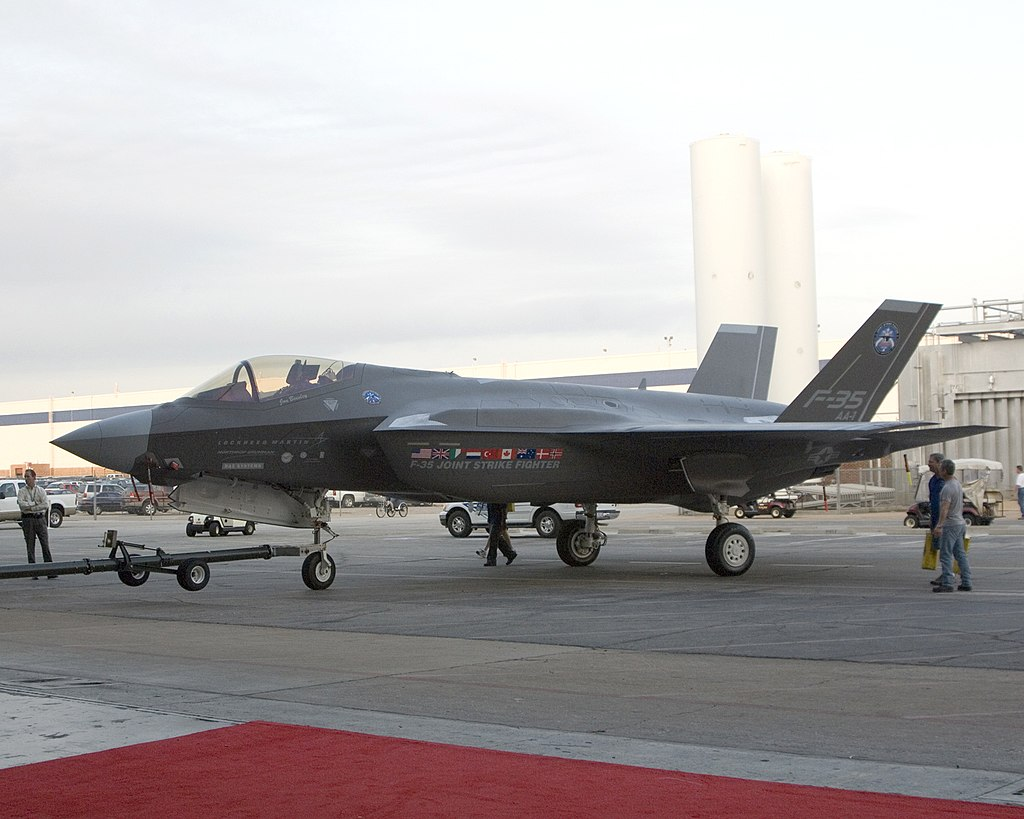
2. NORAD’s Fifth-Generation Imperative
NORAD modernization is centered on the integration of stealth-era sensors, networking, and data fusion to meet cruise missile, hypersonic, and low-observable attack threats over the Arctic. The F-35’s Multi-Function Advanced Datalink (MADL) and sensor fusion capability enable it to detect, classify, and distribute target information across geographically dispersed assets, such as U.S. AWACS and ground radar. This is necessary in Arctic environments, where extreme distances, polar night, and unstable weather collapse detection and response cycles.
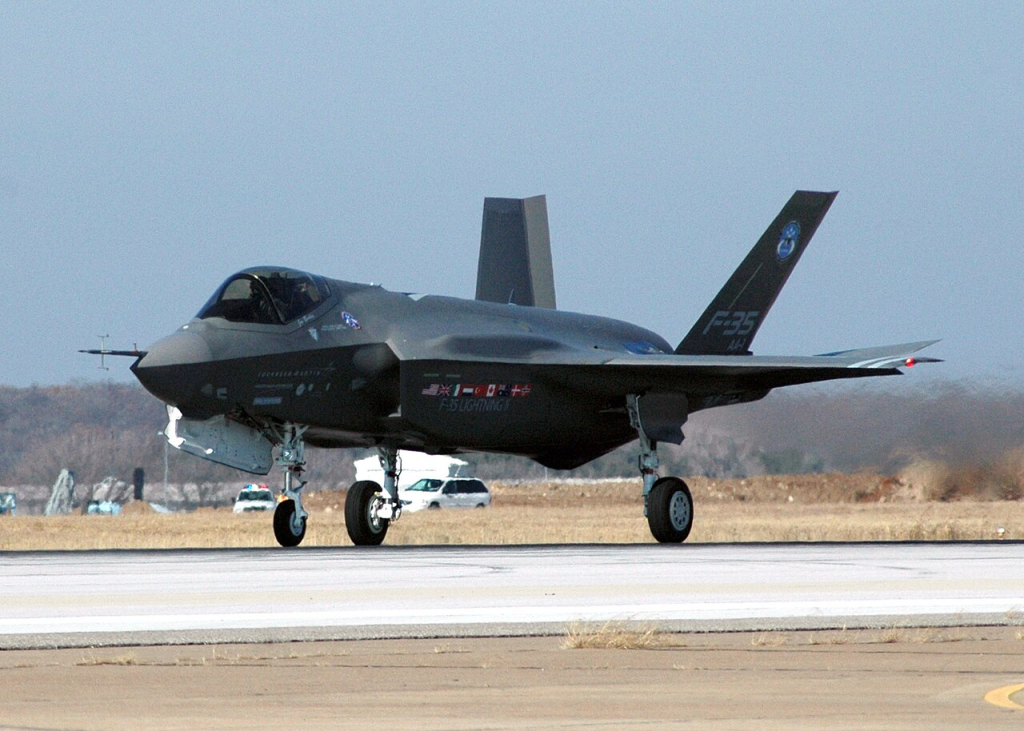
3. The F-35’s Engineering Edge
Unlike fourth-gen fighters, the F-35 was conceived from the start for deep penetration into double-digit SAM environments, taking advantage of low observability, high-gain electronic attack, and a fused battlespace picture. The architecture accommodates ongoing software-driven capability growth, from greater internal missile carriage to possible integration of directed-energy weapons. The Block 4 upgrade, although now $6 billion over budget and five years behind schedule, will increase weapons compatibility and processing capacity features Canada has planned into its acquisition profile.
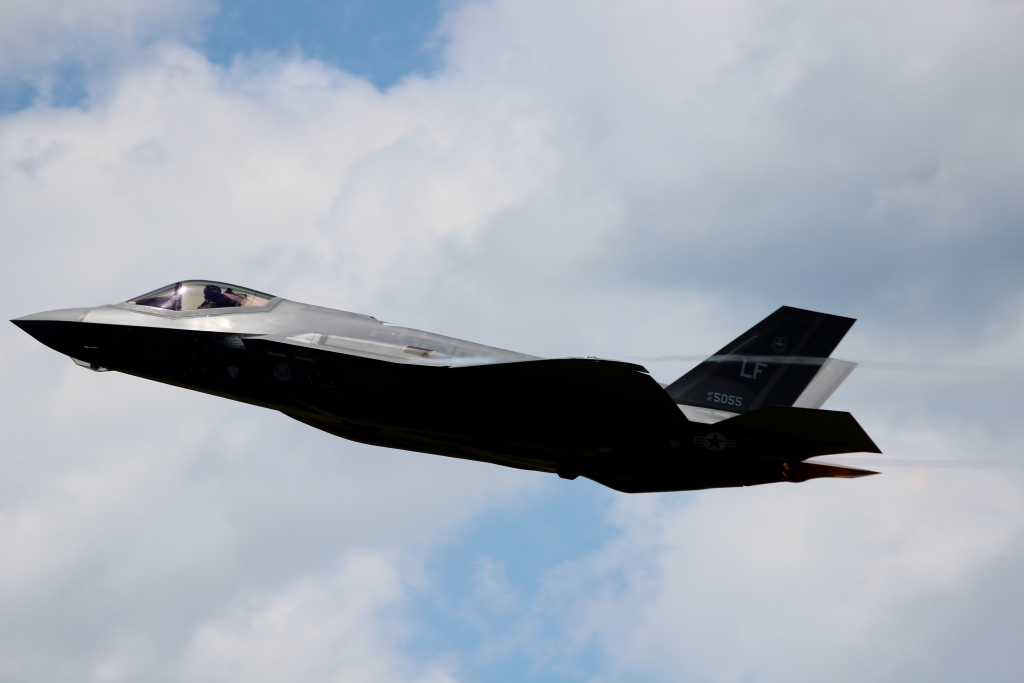
4. Interoperability and the Alliance Network
Eighteen NATO allies and principal Pacific allies fly or have procured the F-35, establishing a world logistics and training network. Canadian industry already provides US$2.3 million worth of parts per plane for each F-35 produced, and 36 domestic companies won more than US$3.3 billion in contracts. Walking away from the program would also mean losing not just workshare but also the operational benefit of being within a 1,100-aircraft fleet with standardized mission data files, weapons integration, and sustainment chains.
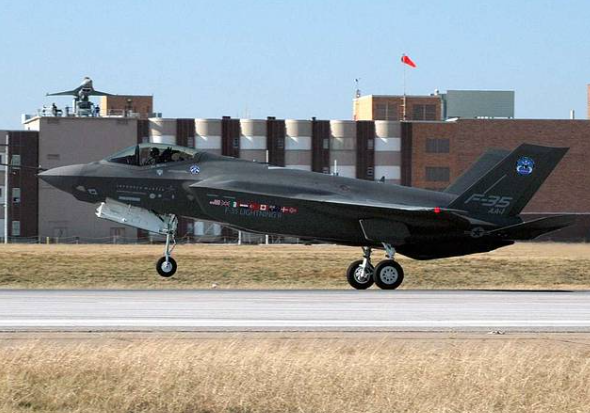
5. The Mixed Fleet Temptation and Its Costs
Ottawa is considering capping its F-35 purchase at 16 and adding a second model, like Saab’s JAS 39 Gripen, which is built locally. While this would diversify the suppliers and produce local work, it would add dual training pipes, distinct mission-data environments, and incompatible weapons inventories. In NORAD’s binational framework, such fragmentation would weaken interchangeability U.S. Ambassador Pete Hoekstra cautioned that it “might even threaten NORAD.”
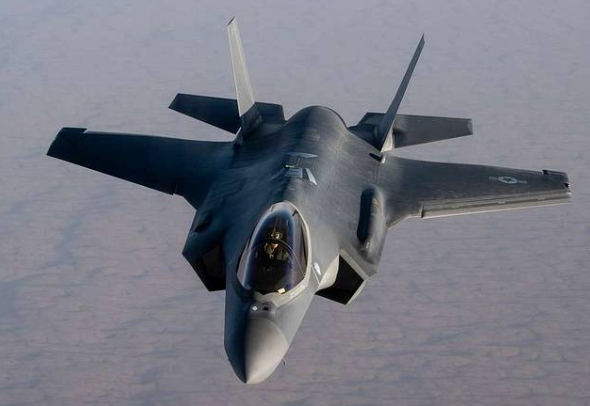
6. Infrastructure and Personnel Bottlenecks
F-35 operation demands hardened shelters, low-observable climate-controlled maintenance bays, and secure information networks. Cold Lake and Bagotville delays could push full operational capability to 2031. In the meantime, pilot and technician shortages for RCAF risk grounding aircraft due to crews. Without early investment in training pipelines and retention bonuses, the transition hangs a risk of a NORAD alert coverage dip.
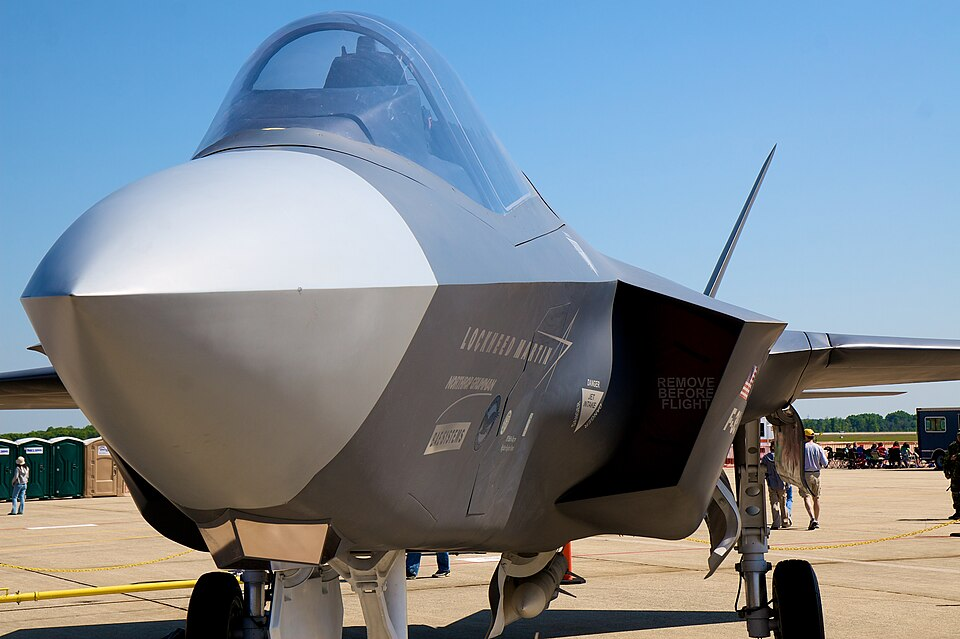
7. Software Sovereignty and Strategic Risk
The F-35’s mission systems are reliant on the U.S.-controlled Operational Data Integrated Network (ODIN) and proprietary source codes. While Canada is involved in the Australia–Canada–UK Reprogramming Lab to create sovereign mission data files, it cannot modify core software on its own. Retired Lt. Gen. Yvan Blondin cautioned, “US F-35 support has to be considered in the same light as the security of Article 5 it may or may not be there when needed.” This dependency raises questions about operational autonomy in politically divergent scenarios.
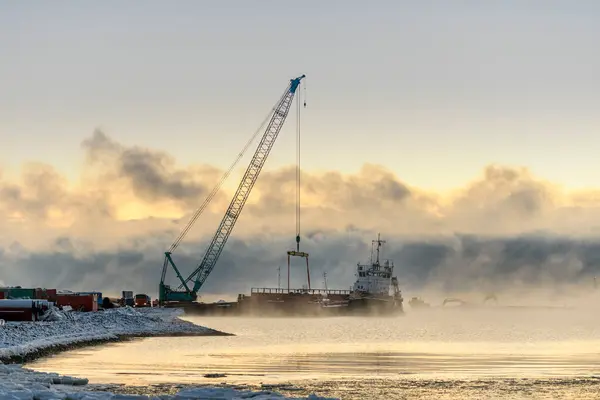
8. Arctic Defense and Future Threats
Climate change is opening up Arctic sea lanes, expanding Russian and Chinese operations in the region. F-35’s range, stealth, and sensors make it ideally placed for long-range intercepts and ISR in such an environment. Alternatives can equal range but cannot match the same sensor-to-shooter integration. Low-frequency radar advances that threaten stealth will, in the future, make counter-A2/AD concepts need to combine F-35s with unmanned platforms and airborne early warning systems to maintain supremacy.
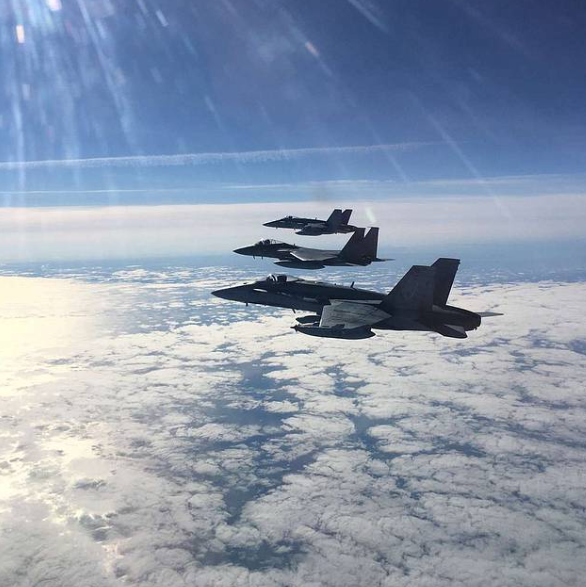
Canada’s decision is no longer one of preference it is one of accepting the engineering, logistical, and alliance risks of delay. Every year of dithering accumulates the operational shortfall, dissipates industrial advantage, and closes the window to deploy a force capable of addressing both NORAD’s fifth-generation requirement and NATO’s expeditionary expectations. The CF-18s will not cover that shortfall forever.
